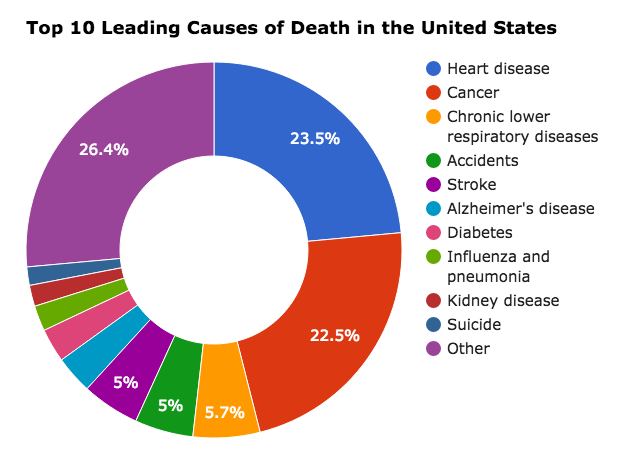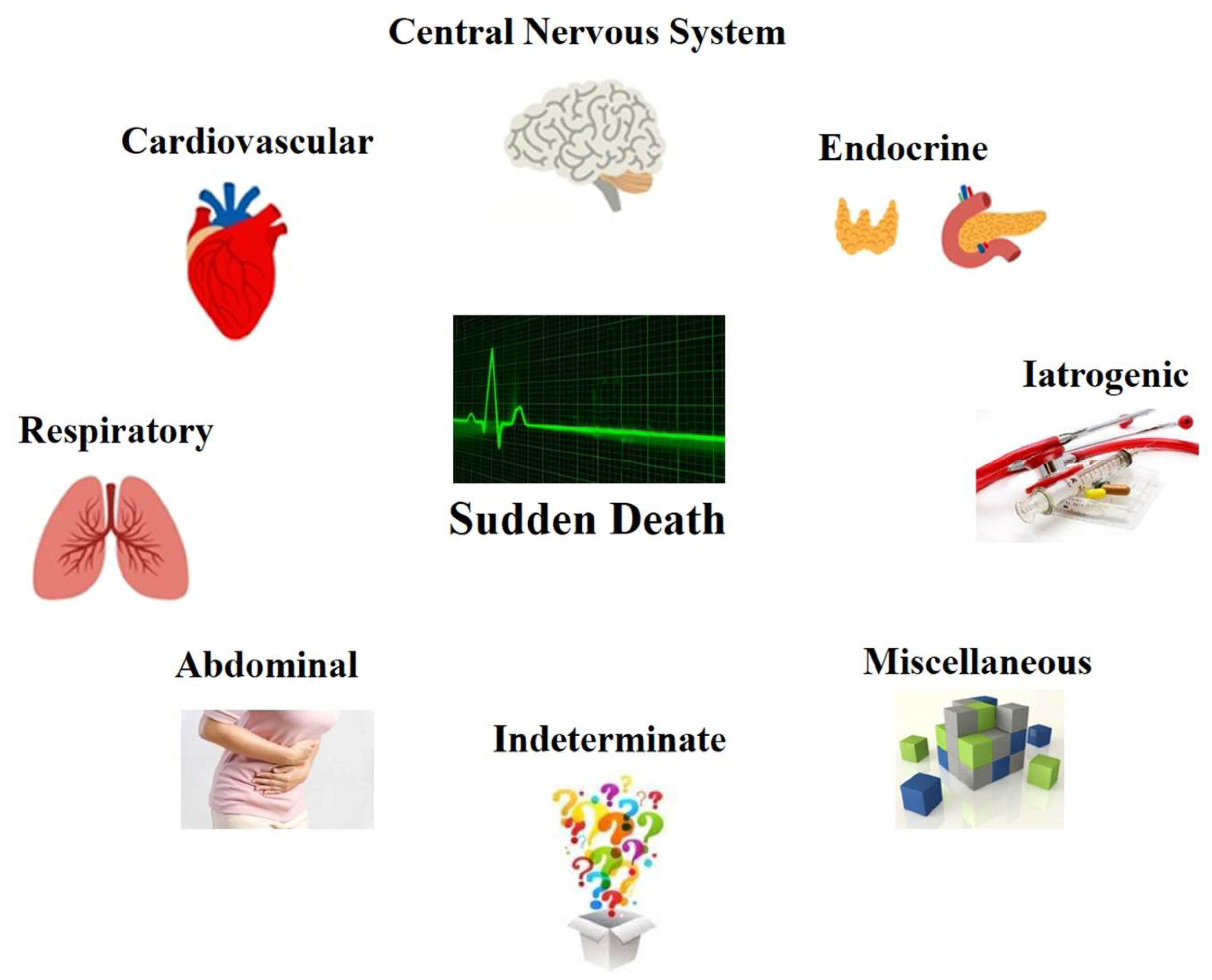What Is The Most Common Cause Of Death In Mds

The autumn sun cast long shadows across the garden as Mrs. Eleanor, a vibrant woman with a twinkle in her eye, tended to her roses. For years, her garden had been her sanctuary, a place of color and life. But lately, a subtle fatigue had been creeping in, a persistent weariness that even a good night's sleep couldn't quite banish. Little did she know that this quiet symptom could be the first whisper of a condition that would eventually challenge her vitality: Myelodysplastic Syndromes, or MDS.
The most common cause of death in patients diagnosed with MDS isn't MDS itself, but rather complications arising from it. These complications primarily stem from the bone marrow's inability to produce healthy blood cells, leading to infections, bleeding, and ultimately, in some cases, transformation to acute leukemia.
MDS are a group of diverse bone marrow disorders that occur when the blood-forming cells in the bone marrow are damaged. This damage leads to ineffective blood cell production. The result is a deficiency in one or more types of blood cells: red blood cells, white blood cells, and platelets.
Understanding Myelodysplastic Syndromes (MDS)
To understand why complications are the leading cause of death, it's essential to first grasp the nature of MDS. MDS isn't a single disease, but rather a collection of closely related conditions affecting the bone marrow. The term "myelodysplastic" means "poorly formed marrow".
Normally, the bone marrow acts as a factory, churning out healthy, functional blood cells. In MDS, this factory malfunctions. It produces cells that are either abnormal in shape and function (dysplastic) or produces too few cells overall.
The exact causes of MDS are not fully understood in most cases. Some cases are linked to exposure to certain chemicals, radiation, or prior chemotherapy treatment for other cancers. However, many cases arise spontaneously, with no identifiable trigger. MDS is more common in older adults, with the median age at diagnosis around 70.
The Dangerous Consequences of Faulty Blood Cell Production
The ramifications of this impaired blood cell production are significant. A shortage of red blood cells leads to anemia, characterized by fatigue, weakness, and shortness of breath. A lack of white blood cells, particularly neutrophils, weakens the immune system, increasing susceptibility to infections.
Platelet deficiencies result in an increased risk of bleeding and bruising. These individual deficiencies, and the interplay between them, ultimately lead to the most common causes of mortality in MDS patients.
Infections: A Constant Threat
Infections are a major concern for individuals with MDS. The diminished number of healthy white blood cells compromises the body's ability to fight off bacteria, viruses, and fungi. Even routine infections can quickly escalate into life-threatening conditions like pneumonia or sepsis.
Patients with MDS often require aggressive antibiotic or antifungal therapy to combat infections. Preventative measures, such as vaccinations and meticulous hygiene, are crucial for minimizing the risk of infection.
Bleeding: An Often Overlooked Danger
Thrombocytopenia, a low platelet count, is another common complication of MDS. Platelets are essential for blood clotting, and a deficiency in these cells can lead to excessive bleeding. This can manifest as easy bruising, frequent nosebleeds, or bleeding gums.
In severe cases, thrombocytopenia can result in internal bleeding, a potentially life-threatening emergency. Platelet transfusions are often necessary to manage bleeding episodes and prevent further complications.
Transformation to Acute Myeloid Leukemia (AML)
One of the most feared complications of MDS is its potential transformation into acute myeloid leukemia (AML), an aggressive and rapidly progressing cancer of the blood and bone marrow. While not all cases of MDS progress to AML, the risk varies depending on the subtype of MDS and other factors.
If MDS transforms to AML, the prognosis is often poor, and treatment becomes more challenging. This transformation contributes significantly to the overall mortality associated with MDS.
Advancements in Treatment and Management
While the outlook for patients with MDS can be challenging, significant advances have been made in recent years. New treatments are constantly emerging, offering hope for improved survival and quality of life. These treatment options range from supportive care to more aggressive therapies.
Supportive care focuses on managing the symptoms of MDS and preventing complications. This includes blood transfusions to treat anemia, antibiotics to combat infections, and platelet transfusions to control bleeding. Growth factors can also be used to stimulate the production of blood cells.
More aggressive therapies, such as chemotherapy and stem cell transplantation, may be considered for some patients, particularly those with higher-risk MDS. Chemotherapy aims to kill the abnormal cells in the bone marrow. Stem cell transplantation involves replacing the patient's damaged bone marrow with healthy stem cells from a donor.
The Importance of Early Diagnosis and Supportive Care
Early diagnosis is crucial for effectively managing MDS. The sooner the condition is identified, the sooner treatment can begin, potentially delaying progression and improving outcomes. Regular blood tests can help detect abnormalities that may indicate MDS.
In addition to medical treatment, supportive care plays a vital role in improving the quality of life for patients with MDS. This includes emotional support, nutritional counseling, and assistance with managing fatigue and other symptoms.
Clinical trials are also continuously underway, investigating new and innovative approaches to treating MDS. Participation in these trials can provide access to cutting-edge therapies and contribute to the advancement of knowledge about the disease.
Living with MDS: A Message of Hope
Living with MDS can be challenging, but it's important to remember that there is hope. With early diagnosis, appropriate treatment, and comprehensive supportive care, many individuals with MDS can lead fulfilling lives. Ongoing research continues to push the boundaries of what's possible in the treatment of this complex condition.
Mrs. Eleanor, after receiving her diagnosis, found solace and strength in a support group of fellow MDS patients. Sharing experiences and learning from others helped her navigate the challenges of her illness and maintain a positive outlook. She continued to tend to her roses, finding joy and purpose in the simple act of nurturing life, a reminder that even in the face of adversity, beauty and resilience can flourish.
The fight against MDS continues. As we learn more about this complex group of disorders, we move closer to developing more effective treatments and improving the lives of those affected. While complications from infection and bleeding remain the primary causes of mortality, advances in treatment and supportive care are offering new hope for a brighter future for individuals diagnosed with MDS.


















